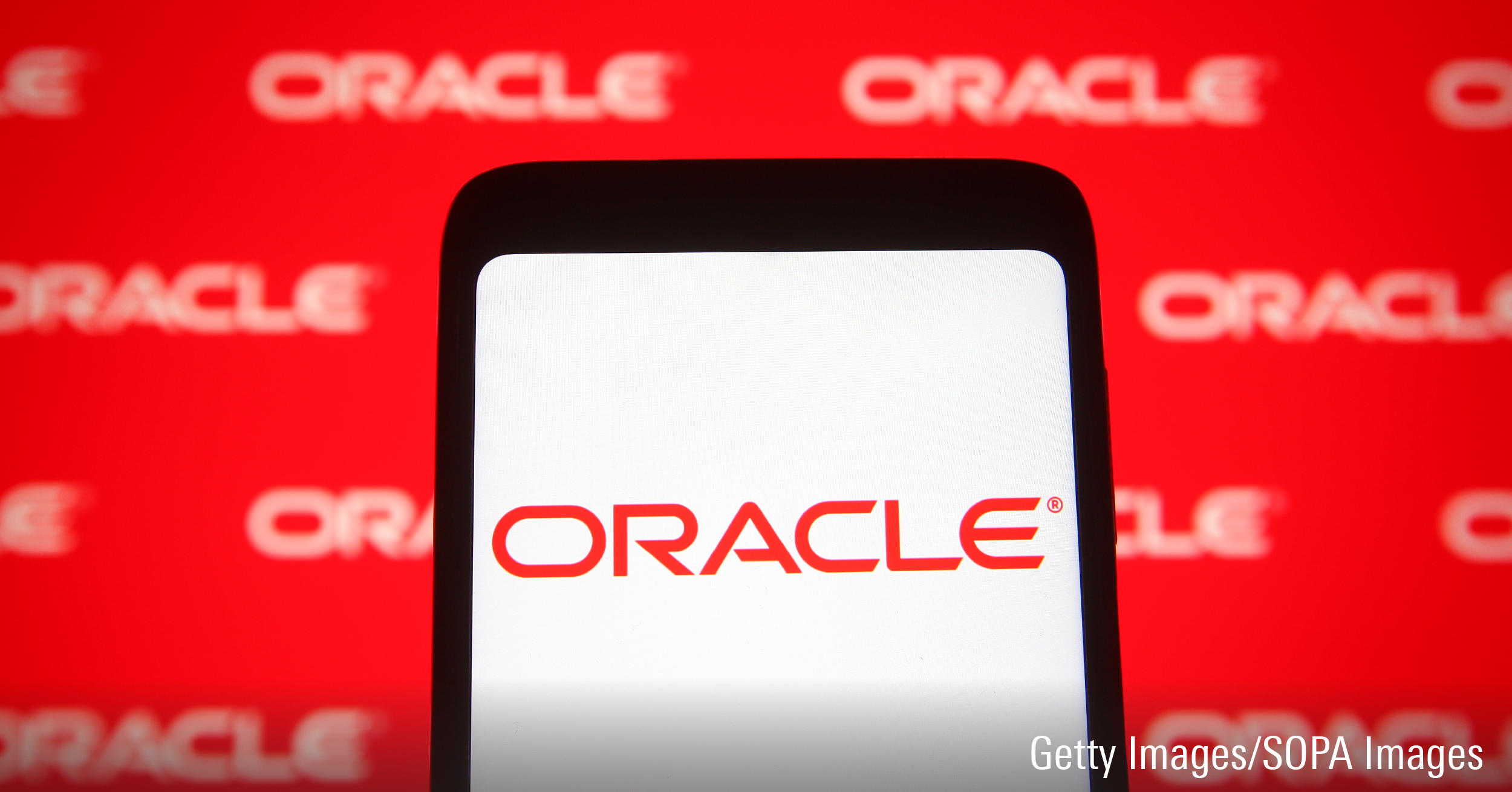Oracle: Cloud Applications and Infrastructure Expected to Fuel Fiscal 2026 Targets

Oracle ORCL hosted an analyst day, reiterating its fiscal 2026 non-GAAP targets given last year and highlighting where specific opportunities lie—stressing cloud applications and infrastructure in particular. We think Oracle’s profitability and EPS goals for three years from now are realistic, well-justified, and even slightly conservative. Nonetheless, we think revenue projections will be shy of targets even as we don’t deny ample opportunity, but we do question Oracle’s ability to win rates in the face of such opportunity while operating in a heated competitive environment. As a result, we believe Oracle shares are overvalued given our fair value estimate of $76 per share for the narrow-moat firm, which we continue to believe is undergoing switching cost vulnerability amid cloud migrations.
Oracle’s reiterated fiscal 2026 targets included $65 billion in total organic revenue, a 45% non-GAAP operating margin, and 10% plus annual non-GAAP EPS growth. We forecast Oracle’s fiscal 2026 total revenue (including organic and inorganic) to be $63.6 billion as we bake in non-GAAP operating margins of 47.7% and 10%-plus annual non-GAAP EPS growth.
Behind Oracle management’s confidence in organic revenue targets is an estimated $117 billion-dollar total applications cloud addressable market and a $253-billion total infrastructure cloud addressable market. We think the sizing of such opportunity is fair—especially considering that as of fiscal 2023 only 10% of Oracle application support customers have moved to Oracle cloud applications and only 2% of Oracle infrastructure support customers have fully moved to Oracle’s infrastructure cloud. However, converting these hefty bases of existing Oracle customers is a risk, in our view, as we believe that switching costs are less powerful amid cloud migrations as the headaches of lifting and shifting systems to the cloud exist even when sticking with the same vendor, which gives way to rethinking best-fit vendors.
The author or authors do not own shares in any securities mentioned in this article. Find out about Morningstar’s editorial policies.

/s3.amazonaws.com/arc-authors/morningstar/f497c984-8e67-4c32-8c6c-210934e57017.jpg)
/cloudfront-us-east-1.images.arcpublishing.com/morningstar/CFV2L6HSW5DHTFGCNEH2GCH42U.jpg)
/cloudfront-us-east-1.images.arcpublishing.com/morningstar/7AHOQA64TFEQDMYMIMM6VUHYLY.png)
/cloudfront-us-east-1.images.arcpublishing.com/morningstar/JA7LQ2INFNFTZFBJLSDUZGIPJQ.png)
:quality(80)/s3.amazonaws.com/arc-authors/morningstar/f497c984-8e67-4c32-8c6c-210934e57017.jpg)